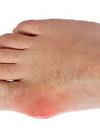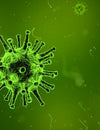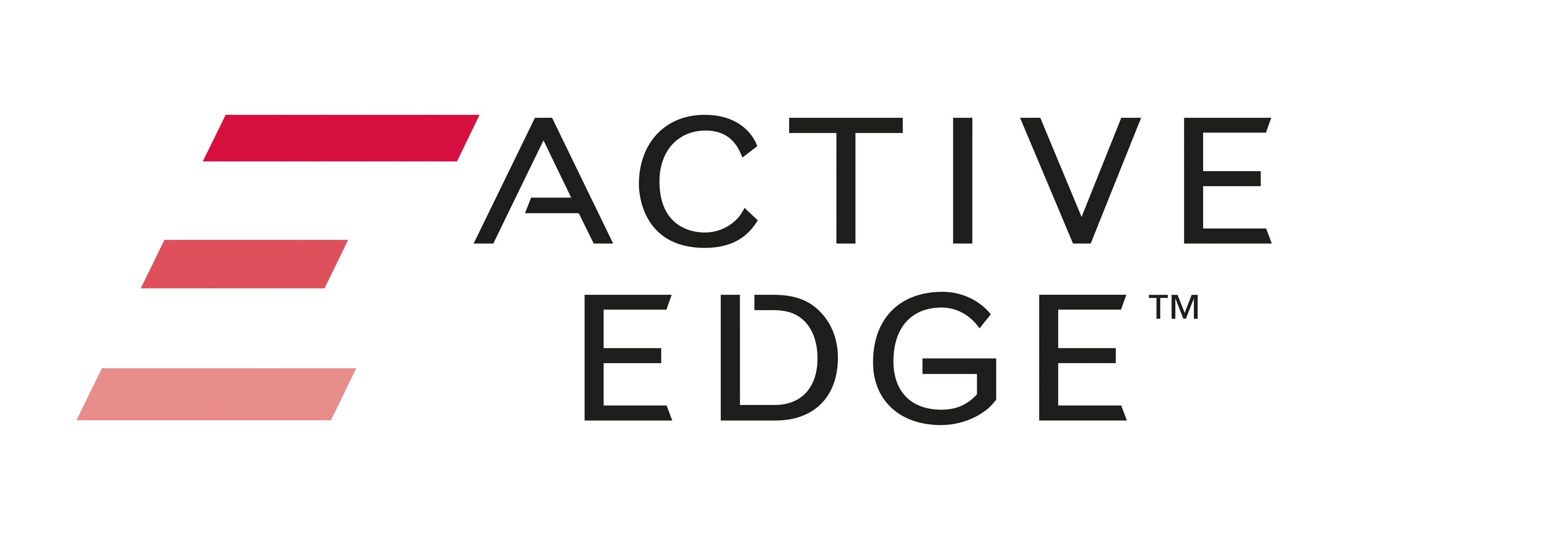What is gout?
Gout is actually a form of arthritis, sometimes called gouty arthritis. The cause of gout is thought to be a build-up of uric acid, a substance in the blood that should be excreted from the body via the kidneys.
If you are unfortunate enough to suffer from the painful symptoms of gout, you will probably be prescribed NSAIDs (in the absence of kidney or digestive problems) or another form of drug to lower urate levels. Other measures include a low purine diet, weight loss in the case of obesity and lowering alcohol intake.
Reduce intake of purines and protein
Certain foods are rich in naturally occurring substances called purines, which are metabolised into uric acid. Purines are not bad for you as such – in fact they are essential, but excessive consumption is associated with increased risk for gout. The same is true with excessive consumption of protein. The most concentrated sources of purines are red meat, organ meat and oily fish (such as salmon, sardines, and herring), as well as lentils, peas and beans.
The list below shows you the richest foods:
- Anchovies
- Sardines (tinned)
- Herrings (tinned)
- Sardines (fresh)
- Pork liver
- Salmon
- Mackerel (tinned)
- Chicken liver
- Blackeye beans
- Lentils
If you are actively suffering from gout, it is best to limit your intake of these until the gout has gone away. Your ability to tolerate purine-rich foods, in moderation, will probably return once you are following a low GL diet.
Cut back on alcohol
The more alcohol you drink, the greater becomes your risk. Port and also red wines have been associated with gout for many years, however, a more recent study finds that beer is worse. Published in The Lancet, this study involved 50,000 men and found that while drinking alcohol is linked with an increased risk of developing gout, the consumption of beer had the strongest association, followed by spirits, then wine.1 Also, make sure you drink plenty of water which helps to flush out excess uric acid and improve kidney clearance. Exercise also helps.
Avoid high-fructose drinks and foods
Fructose, the sugar in many fruits, cannot be directly used for energy and thus has to be converted into glucose by the liver. This process creates uric acid, which then promotes gout.2 Also, the uric acid impedes the production of a substance called nitric oxide which keeps your blood pressure low. So too much fructose is also associated with high blood pressure. But most fructose is turned into LDL, making LDL cholesterol, and then put into storage as fat. Normally fruit in nature is supplied with lots of fibre, so you feel fuller and don’t eat too much.
But mankind, in his infinite wisdom, has learnt how to extract only the juice, or the fructose, and add it into foods. So, drinking any juice, including apple or orange juice, gives you quite high levels of fructose. Most fizzy drinks are absolutely loaded with ‘high-fructose corn syrup’ which is the worst sugar of all. That’s the theory but where’s the evidence? Three recent trials have confirmed this link. The first, published in the Journal of Pediatrics, studied almost 5000 adolescents and found that the more sweetened drinks they drank, the higher their uric acid level and their blood pressure 3. The second in the British Medical Journal studied 46,393 men without gout over 12 years, during which time 755 developed the condition. The more sweetened soft drinks these men drank, the greater was their risk of developing gout, with almost double the risk if drinking two or more sweetened drinks a day. Their total intake of fruit juices or fructose-rich fruits such as apples and oranges was also associated with increasing risk4. The third trial studied gout in women, which is becoming more common.
Out of almost 79,000 women studied over 22 years, 778 developed gout. Once again, the study found that increasing intake of sugar-sweetened drinks was associated with increasing risk of gout. Compared with women who consumed less than one serving per month, those who consumed one serving per day had a 74% increased risk of gout; and those with two or more servings per day had a 2.4 times higher risk 5. Orange juice intake was also associated with risk of gout. Compared with women who consumed less than a glass (6 oz) of orange juice per month, women who consumed one serving per day had a 41% higher risk of gout, and there was a 2.4 times higher risk with two or more servings per day. Also, compared with women in the lowest quintile (fifth) of fructose intake, women in the highest quintile had a 62% higher risk of gout. In the words of the researchers: "Our data provides prospective evidence that fructose poses an increased risk of gout among women, thus supporting the importance of reducing fructose intake." So, you want to stay away from high-fructose drinks, fruit juices and also eating too much high-fructose fruit.
Eat cherries, berries and plums and drink cherry juice
The good news is that not all fruit is high in fructose. The principal sugar in berries, cherries and plums is xylose which is not metabolised in the same way, so these are much better for you. Nine teaspoons of xylose (called xylitol when crystallized) has the same blood-glucose-raising effect as one teaspoon of sugar. There also seems to be something special about cherries in relation to gout. One study in particular points to the importance of cherries as a treatment regimen6. However, this study was conducted on sweet rather than tart or sour cherries, which are believed to be more effective. The use of cherries for treating gout goes back a long time. In 1950, a scientific review promoted daily cherry consumption as a means of alleviating gout attacks7. More recently, a 2003 study by the US Department of Agriculture (USDA), University of California at Davis, looked at the plasma urate levels, antioxidant and inflammatory markers of ten women consuming two servings (280g) of sweet cherries following an overnight fast. The results were striking. The USDA team demonstrated clearly that uric acid excretion increased significantly and blood uric acid levels declined. In the author’s words: “The decrease in plasma urate after cherry consumption supports the reputed anti-gout efficacy of cherries.”8 Generally it is now recognised that cherries are a genuine remedy for gout9. Animal studies confirm that cherries are potent anti-inflammatory agents and suggest that it is powerful antioxidant compounds called anthocyanidins that are likely to be the key components within cherry juice that yield the benefits for gout sufferers 10. Especially high in these antioxidants are the Montmorency variety of cherries, which provide 280mg of anthocyanidins in a 30ml shot of cherry concentrate, known as Cherry Active. Cherry Active is also sold in capsules. I recommend a shot a day, or three capsules, if you have gout.
Eat a low GL diet
My low-GL diet is the most rapid way to stabilise blood sugar levels and will, naturally, reduce the amount of both fructose and uric acid in your system. Eating a low-GL diet also improves your resistance to insulin – which is the hormone you produce to process sugar – and this helps to support healthy kidney function. The reason this is important is because it is the kidneys that need to excrete uric acid. I have had many people with gout who have reported instant relief when switching to a low-GL diet, even when eating previous high-purine trigger foods. If you follow my low-GL diet you will almost certainly find that your gout goes away, along with unwanted fat.
Improve kidney function
In the majority of gout sufferers, uric acid levels are high in the blood due to under-excretion of uric acid by the kidneys, rather than over-production11. Nine out of ten people with high blood uric acid levels and gout have some level of kidney dysfunction12. Both high blood glucose levels and high insulin levels, the hallmarks of metabolic syndrome (a precursor to diabetes), stress the kidneys. So as above, eating a low-GL diet is the solution. Also, many people with kidney problems have very high levels of homocysteine. This is worth getting checked, which you can do with a home-test kit. If your level is high then you are going to need certain supplemental B vitamins to normalise your level, as well as eating a better diet, with more beans and greens and less alcohol.
Vitamin C myths
A common myth is that supplementing large amounts of vitamin C raises uric acid levels and might increase the risk for gout. In fact, the opposite is true, according to a 2009 study published in the Archives of Internal Medicine. This 20-year trial involved 47,000 men and found that compared with those who did not take vitamin C supplements, men taking 1000-1499mg per day had a 34% lower risk of gout – and those taking 1500mg per day had a 45% lower risk. This was irrespective of other gout risk factors such as diet and alcohol use. Another common myth with vitamin C relates to the formation of oxalic acid, which is implicated in gout and especially kidney stones. Again, this is not true and turns out to be due to poor experimental methods, in which subjects were given vitamin C, their urine collected and not immediately analysed. Components in the urine oxidised and formed oxalic acid. However, in properly conducted trials, those taking several grams of vitamin C show no increase whatsoever in uric acid or oxalic acid. In the words of Professor Allen Rodgers from the Kidney Stone Research Laboratory of the University of Cape Town: “We conducted a controlled trial in which ten volunteer subjects were required to ingest 4g of vitamin C per day for five days. Urines (24h) were collected before, during and after the ingestion period. These were rigorously analysed for a host of independent physicochemical risk factors, all of which are regarded as powerful indicators of the risk of kidney stone formation. The results showed that these risk factors were not significantly altered. We concluded that ingestion of large doses of Vit C does not increase the risk of forming kidney stones. The results of this study were published internationally." 13
However, it is possible that high doses of niacin (above 1,000mg a day) taken to lower cholesterol, may exacerbate gout. So, if you are taking this, monitor carefully what happens.
Supplements for Gout
There are many nutrients involved in protein metabolism – B vitamins and especially B6, magnesium and zinc – which are also an essential part of a nutritional programme for preventing gout. Also, essential fats (both GLA and EPA) help prevent the excessive production of urate crystals15. I recommend the following:
- 2 x high-potency multivitamin and multi-mineral complexes.
- 2 × vitamin C 1000mg.
- 2 x essential omegas (both 3 & 6)
References
-
HK Choi et al, Alcohol intake and risk of incident gout in men: a prospective study, The Lancet (2004), vol 363(9417), pp. 1277-81.
-
HK Choi & G Curhan G, Soft drinks, fructose consumption, and the risk of gout in men: prospective cohort study, BMJ (2008), vol 336(7639), pp 309-12. Epub 31 January 2008.
-
S Nguyen, HK Choi, RH Lustig, CY Hsu, Sugar-sweetened beverages, serum uric acid, and blood pressure in adolescents, Journal of Pediatrics (2009), vol 154(6), pp 807-13. Epub 17 April 2009.
-
HK Choi & G Curhan G, Soft drinks, fructose consumption, and the risk of gout in men: prospective cohort study, BMJ (2008), vol 336 (7639), pp 309-12. Epub 31 January 2008.
-
HK Choi et al, Fructose-Rich Beverages and Risk of Gout in Women, JAMA (2010), vol 304(20), pp 2270-2278.
-
AT Eggebeen AT, Gout: an update, American Family Physician (2007) vol 76(6), pp 801-8.
-
LW Blau, Cherry diet control for gout and arthritis, Texas Reports on Biology & Medicine (1950), vol 8(3), pp 309-11.
-
RA Jacob et al, Consumption of cherries lowers plasma urate in healthy women, Journal of Nutrition (2003), vol 133(6), pp 1826-9.
-
N Schlesinger, Dietary factors and hyperuricaemia, Current Pharmaceutical Design (2005), vol 11(32), pp 4133-8.
-
JM Tall et al, Tart cherry anthocyanins suppress inflammation-induced pain behavior in rat, Behavioural Brain Research (2004), vol 153(1), pp 181-8.
-
WN Kelley & HR Schumacher Jr, Crystal-associated synovitis, Textbook of Rheumatology (1993), 4th ed. Philadelphia: Saunders, pp 1291-1336.
-
RL Wortman, Gout and other disorders of purine metabolism, Harrison's Principles of Internal Medicine (1998), edited by AS Fauci, 14th ed. New York: McGraw-Hill, pp 2158-65.
-
B Auer, D Auer, A Rodgers, Clinical Chemistry and Laboratory Medicine (1998), vol 36(3), pp 143-148.
-
L. Robitaille L et al., ‘Oxalic acid excretion after intravenous ascorbic acid administration.’ Metabolism. 2009 Feb;58(2):263-9
-
G. A. Tate et al., ‘Suppression of monosodium urate crystal-induced acute inflammation by diets enriched with gamma-linolenic acid and eicosapentaenoic acid’, Arthritis and Rheumatism, vol. 31 (12), 1988, pp. 1543–51.




